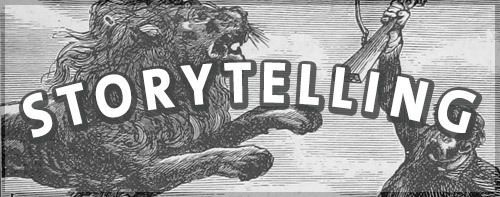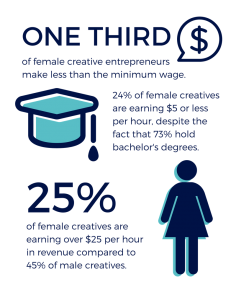By Sarah Skerik, Published November 8, 2014

Press releases have evolved in content, utility, and format. The audience these messages reach has also changed significantly over the years. When I started working for PR Newswire 20 years ago, very few people have ever heard of the company. At that time, press releases were sent primarily to newsrooms, and didn’t see the light of day otherwise. There were a handful of databases and start up online services, like America Online and CompuServe, which received our news release feed, but in the mid-90s, the online audience was extremely limited.

Fast-forward to today, and many people have heard of PR Newswire, even non-communicators. They see news releases online, on Yahoo and the thousands of other websites that syndicate them. More than once, I’ve seen PR Newswire content shared by my friends on Facebook and my peers on Twitter.
The press releases distributed online reach significant audiences, and those audiences amplify messages by sharing the content, posting it to groups on LinkedIn, appending hashtags to the content on Twitter, and circulating it among friends and peers.
A fine line for writers
For press release writers, this means walking a fine line. How do you sell a story to a journalist, and also tell it to your key audiences directly, without sending sounding too promotional or advertorial?
If you develop story ideas in a release, will you turn off journalists?
Will revealing too many story ideas or angles kill media coverage?
I think we have to give our friends in the newsroom some credit, they’re pretty good at finding story angles that we haven’t thought of, and furthermore, I would argue that exposing potential story angles can actually help journalists see potential hooks and develop broader stories relating to the ideas we’re pitching.
The key: put the audience first in your message, the branding opportunity will follow
Walking the line between media pitching and storytelling in a press release is actually not as difficult as it may sound. However, the writer – and their peers within the organization doing their viewing, must keep the audience’s interests in mind, putting those interests in front of brand objectives, at least at the outset. The key messaging needs to be wrapped in content that is interesting and useful to the target groups. The branding opportunity will follow.
One way to balance developing content that will be credible with journalist and interesting to broader audiences is to focus on the story the brand needs to tell, jettisoning hyperbole and jargon that usually decorate corporate prose.
Incorporating storytelling into communications like press releases improves lift and engagement with audiences. The whole point of a press release, after all, is ultimately to sway audience opinion or inspire specific behavior. In addition to winning media coverage, PR pros today can communicate directly with key constituents – an important opportunity for brands, and one that is best captured with a good story.
Business Articles | Business 2 Community
(219)









